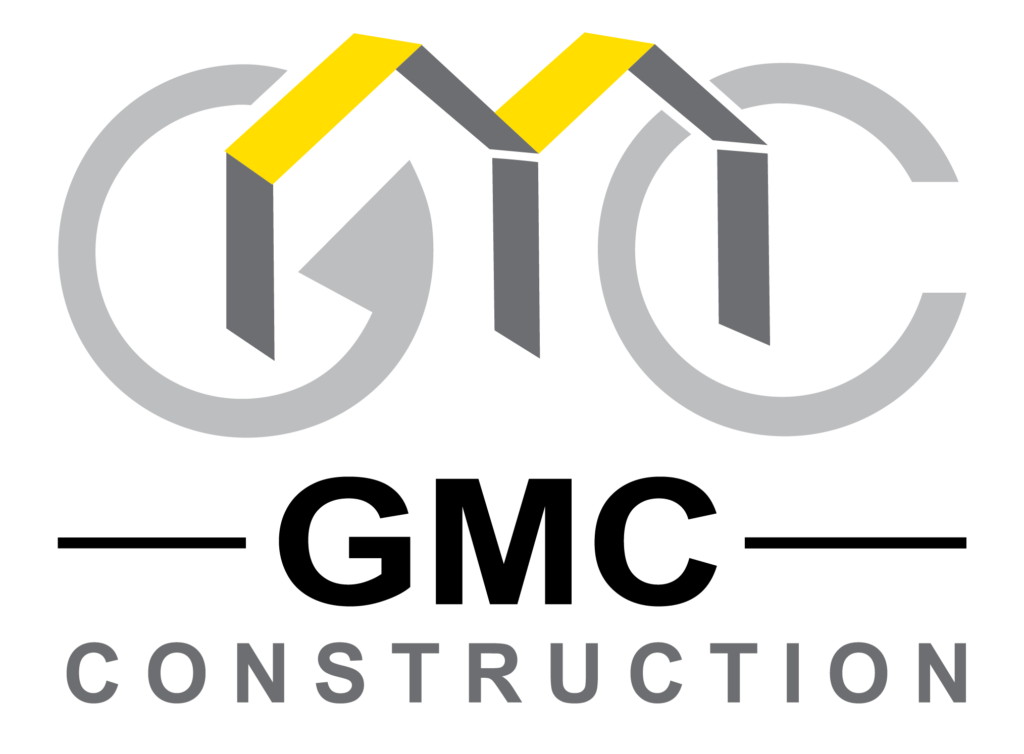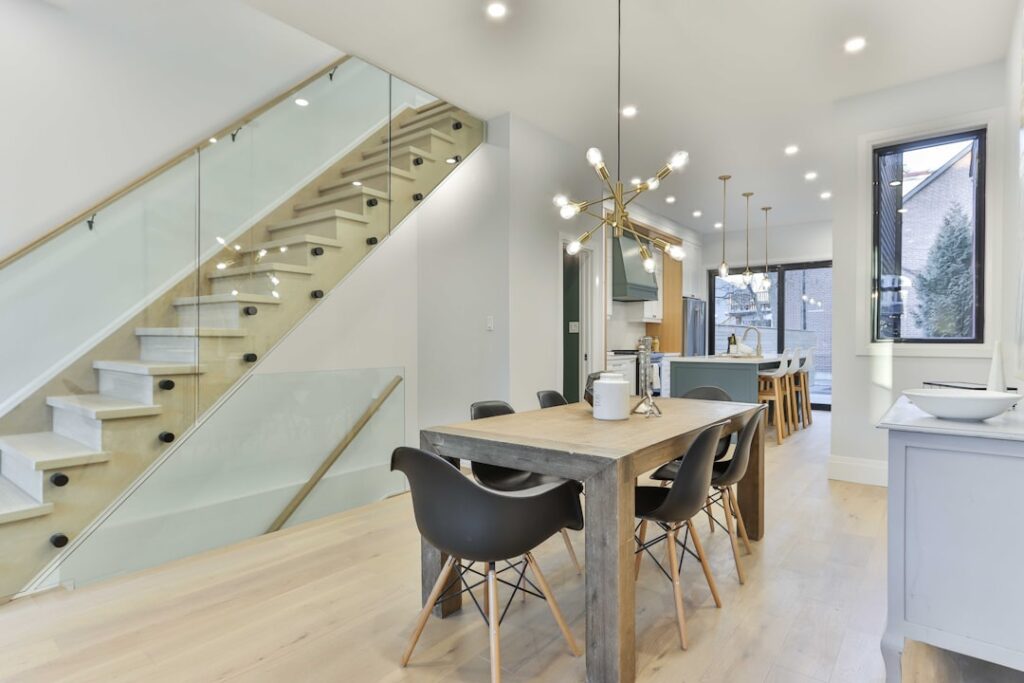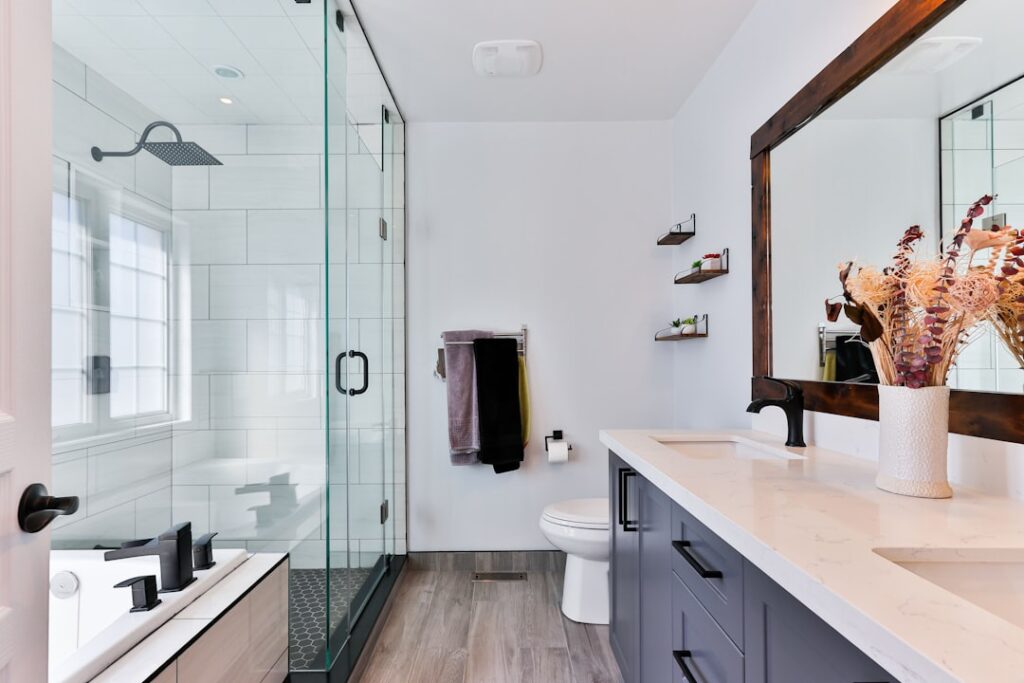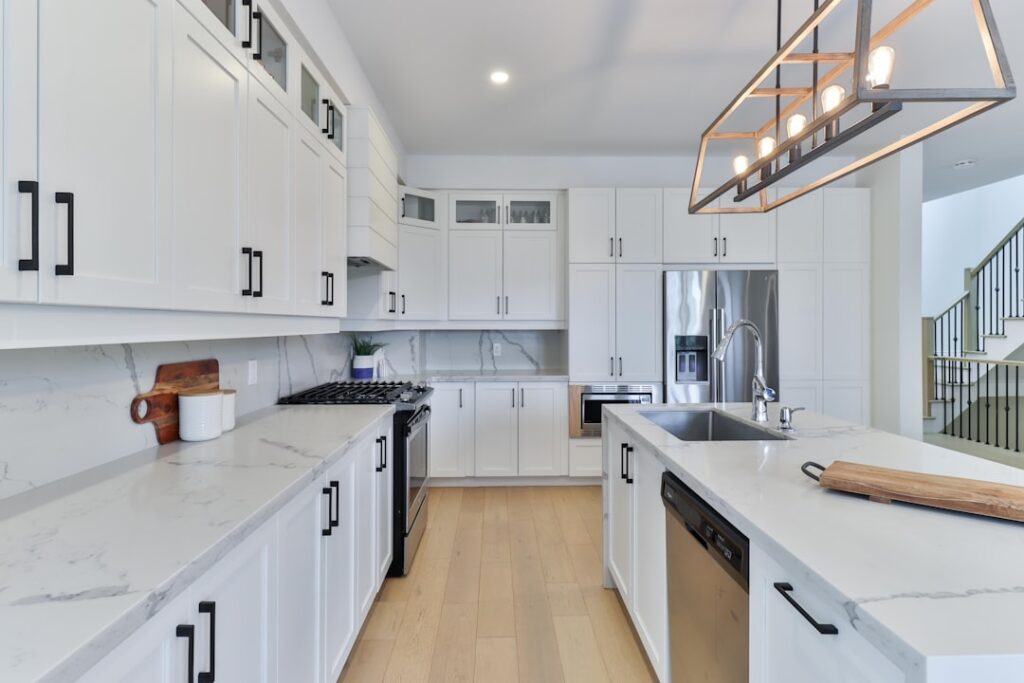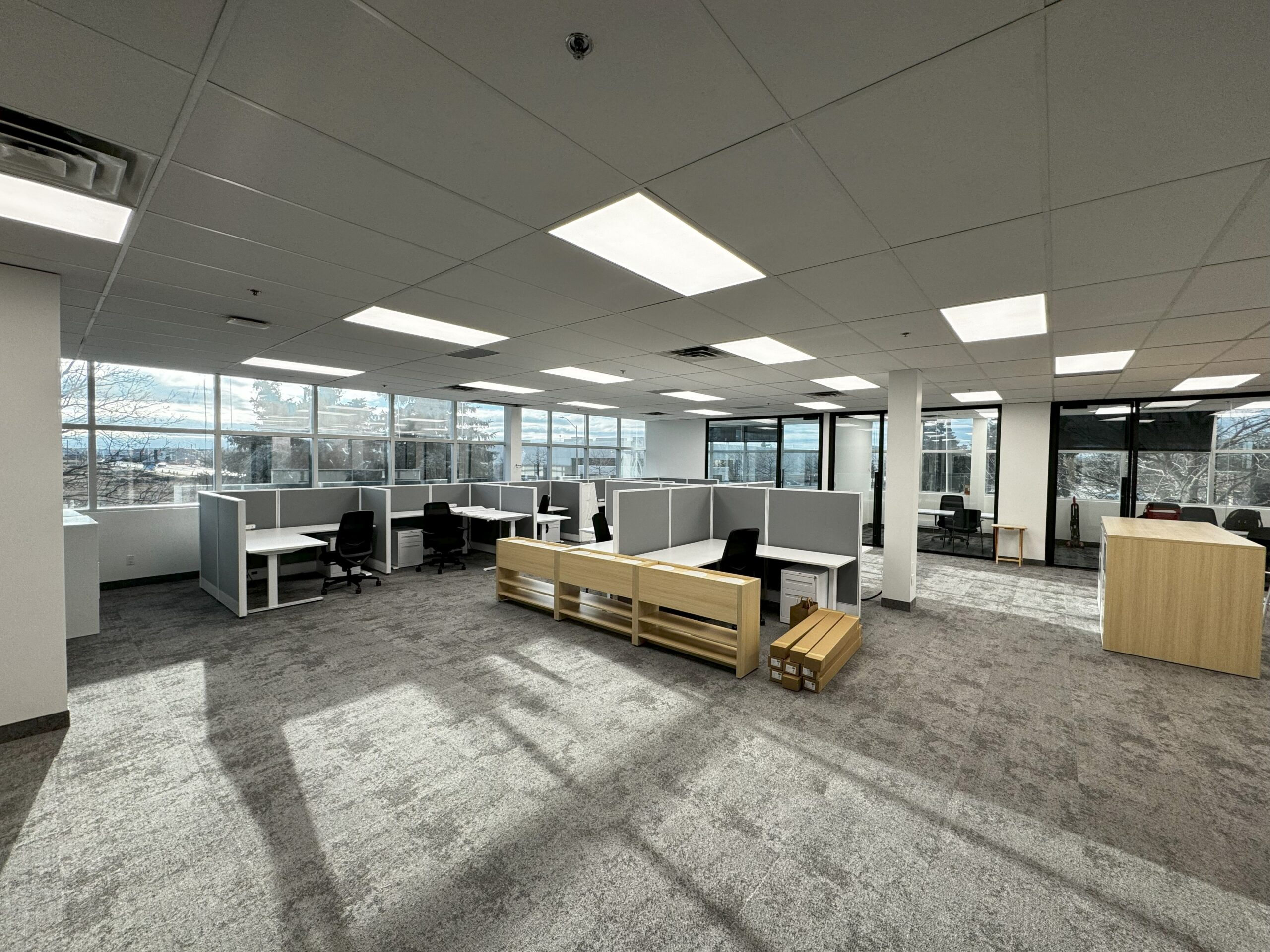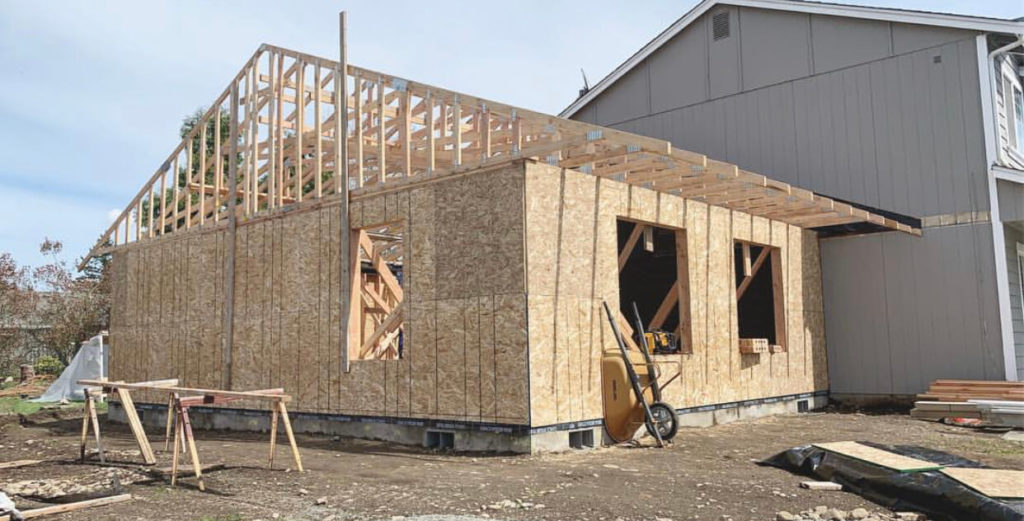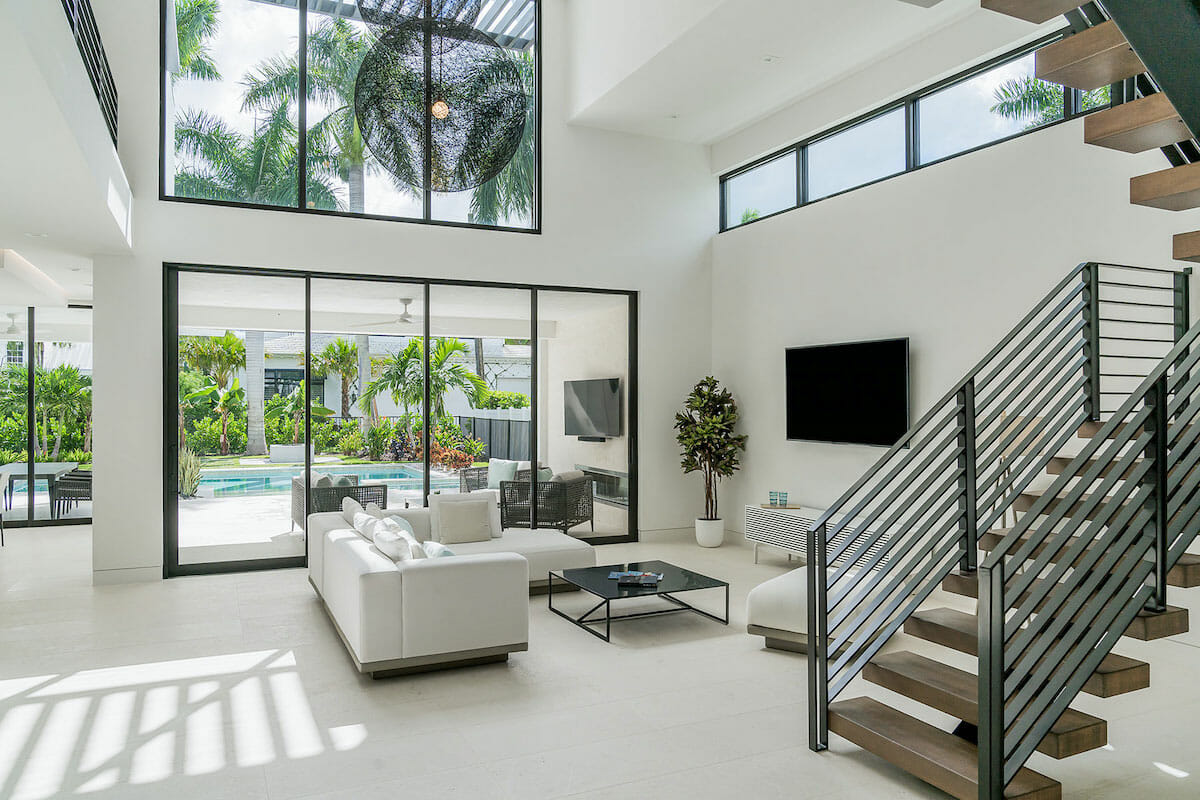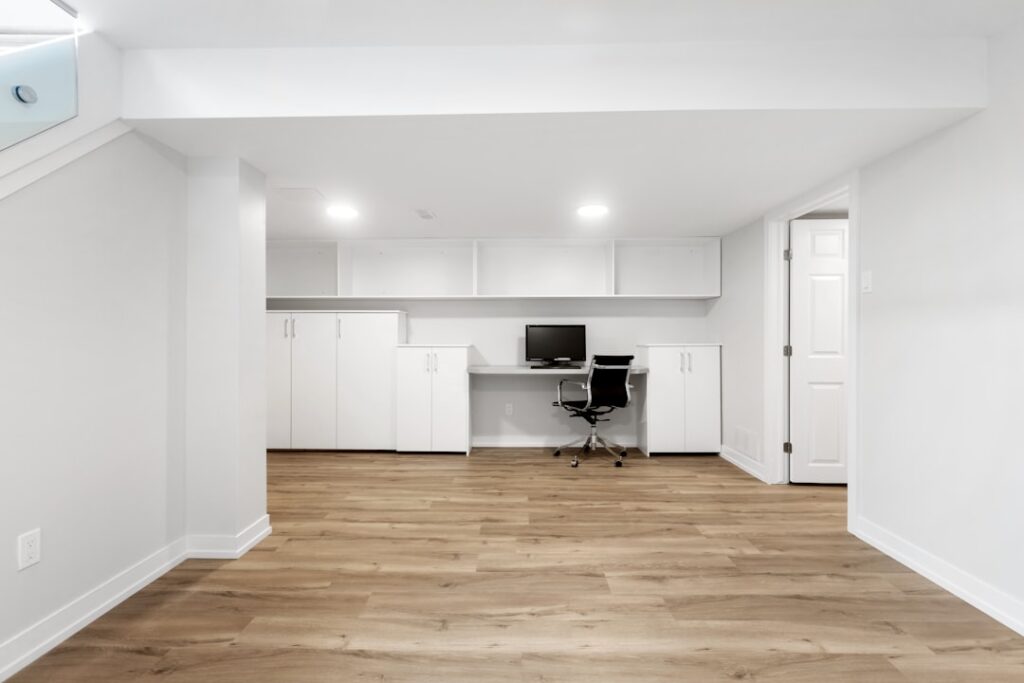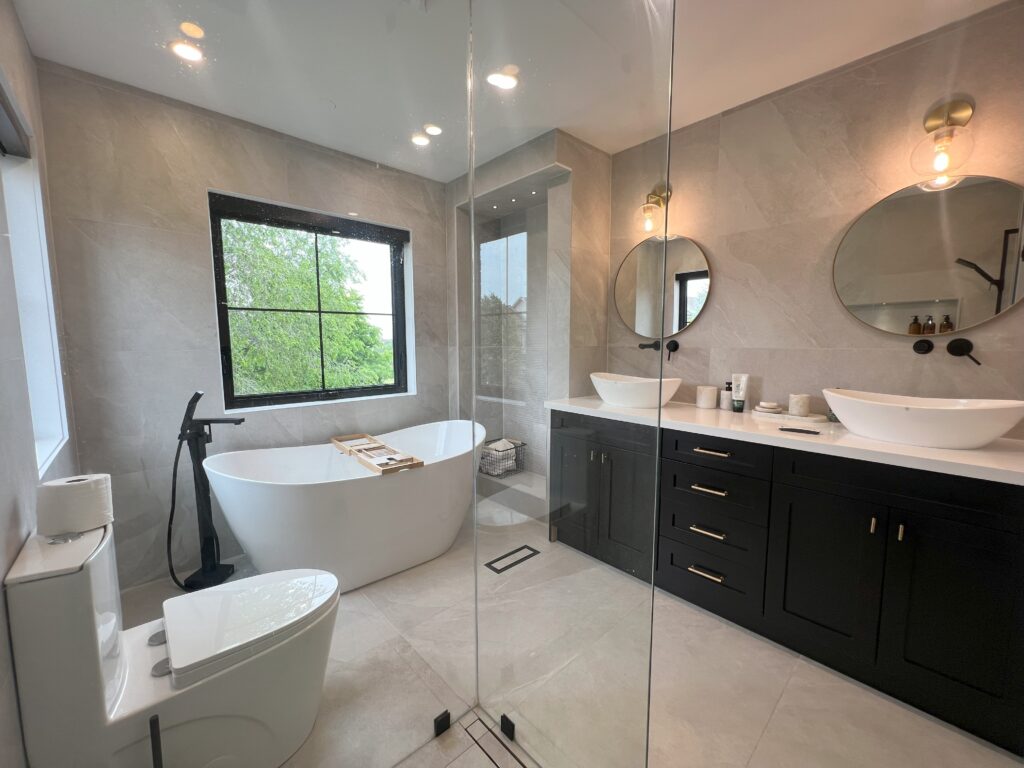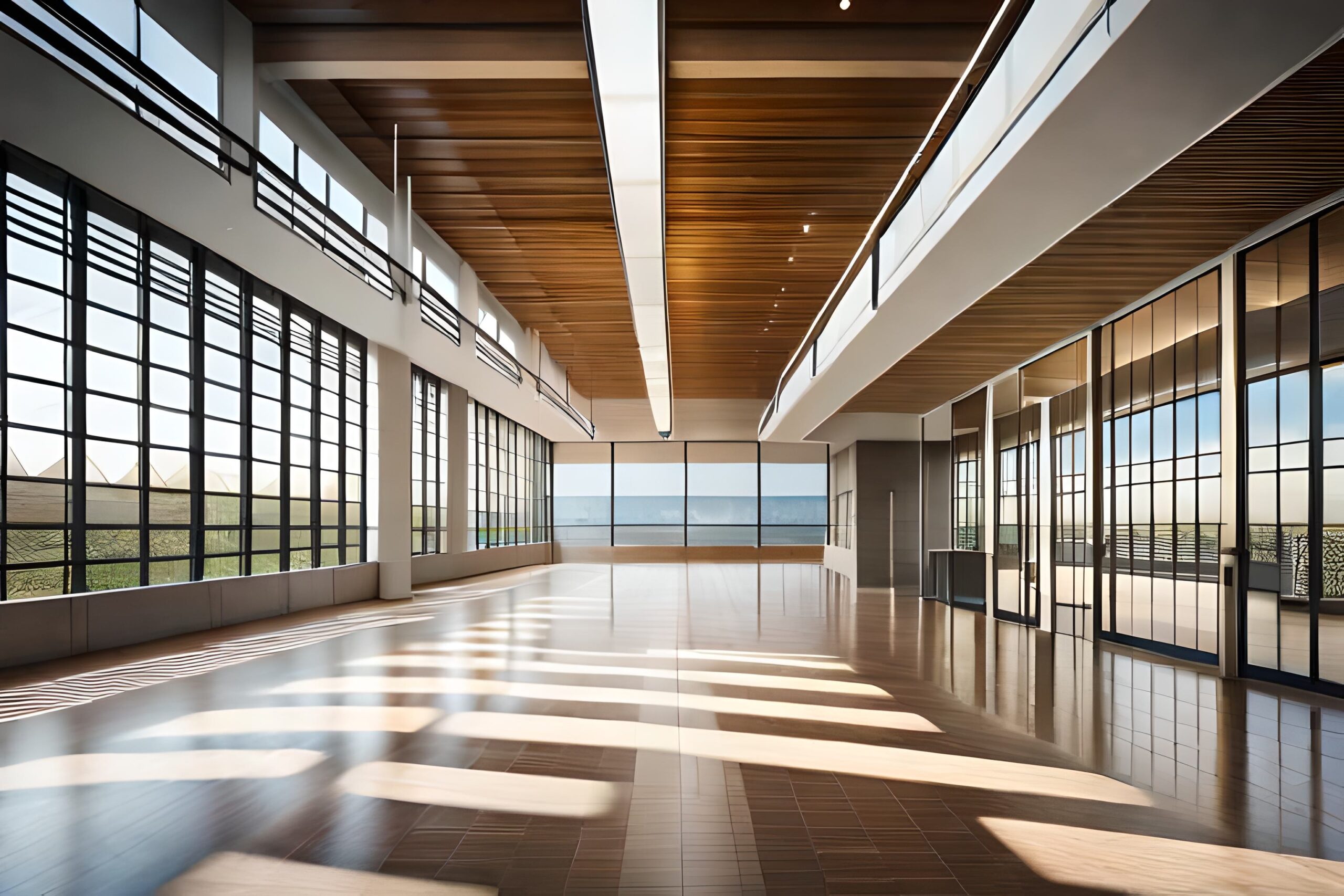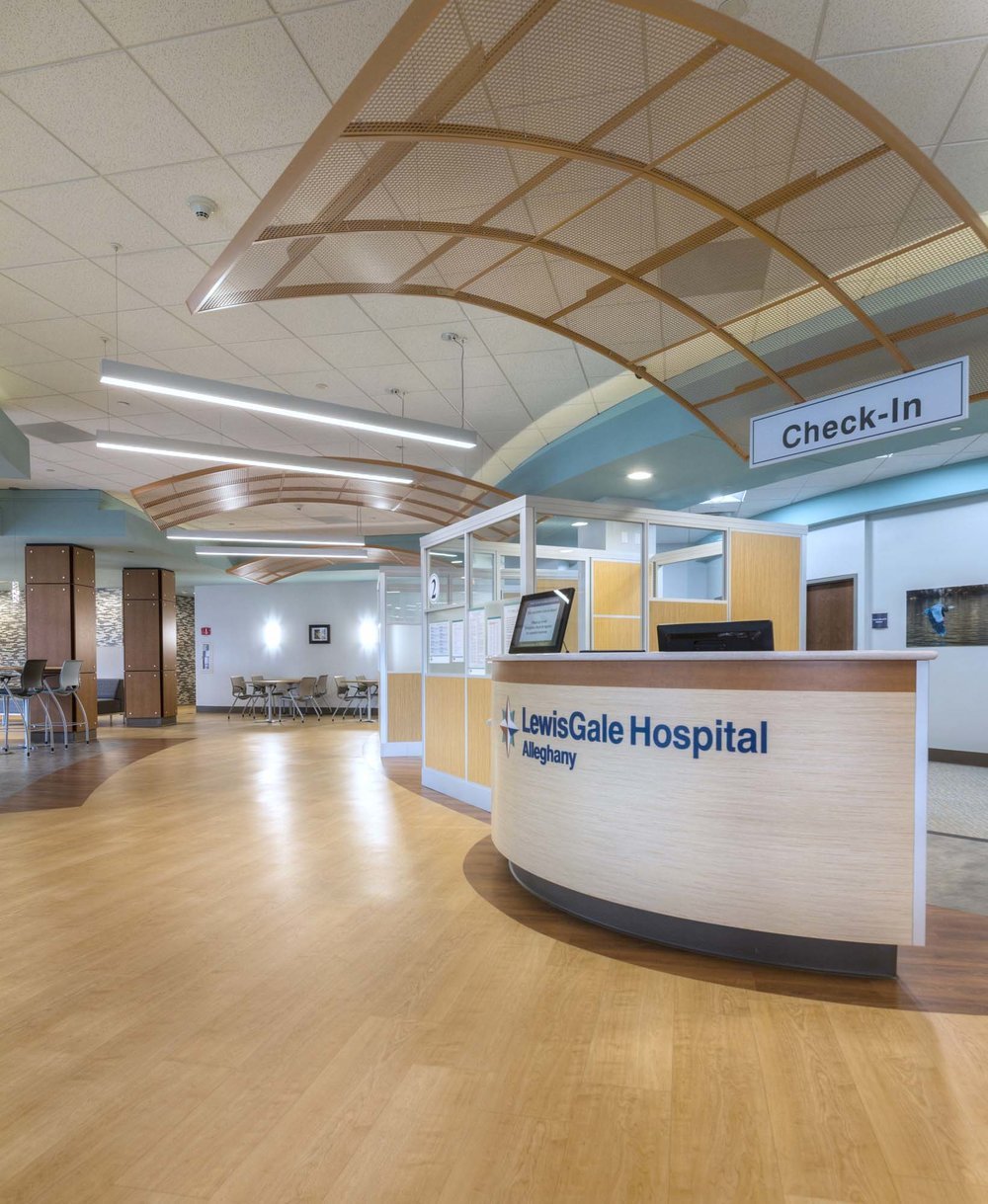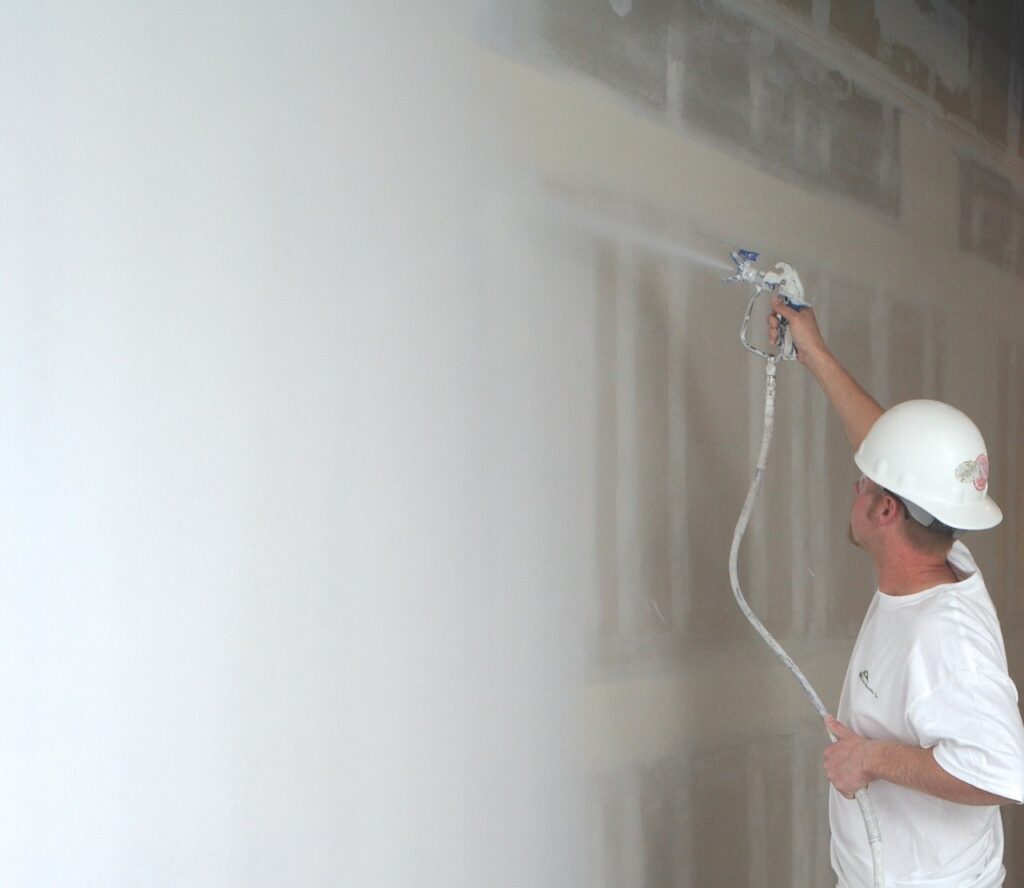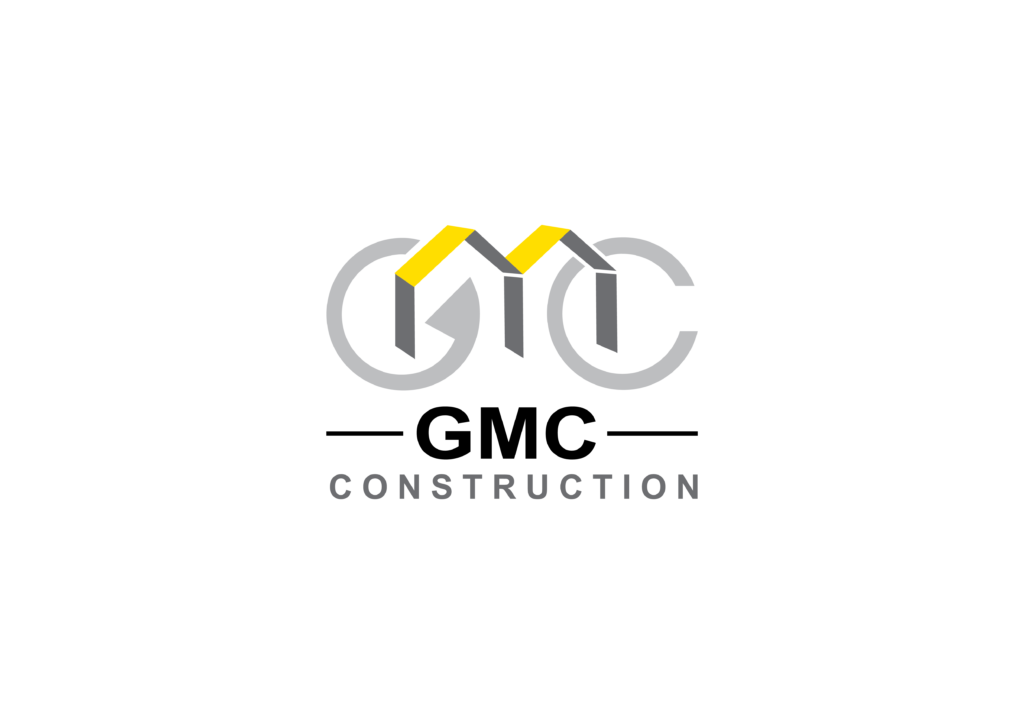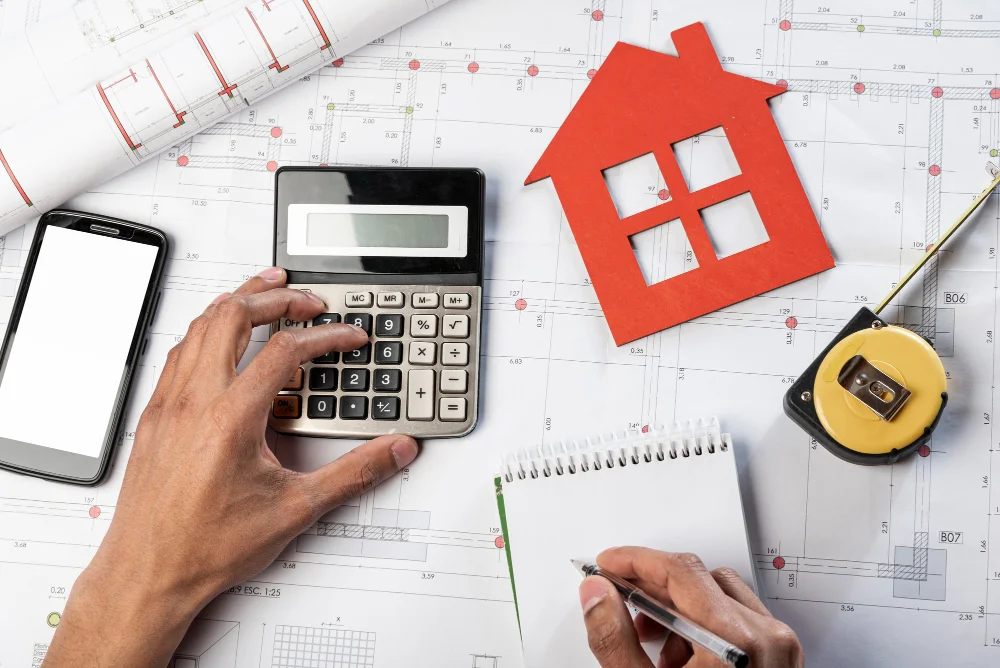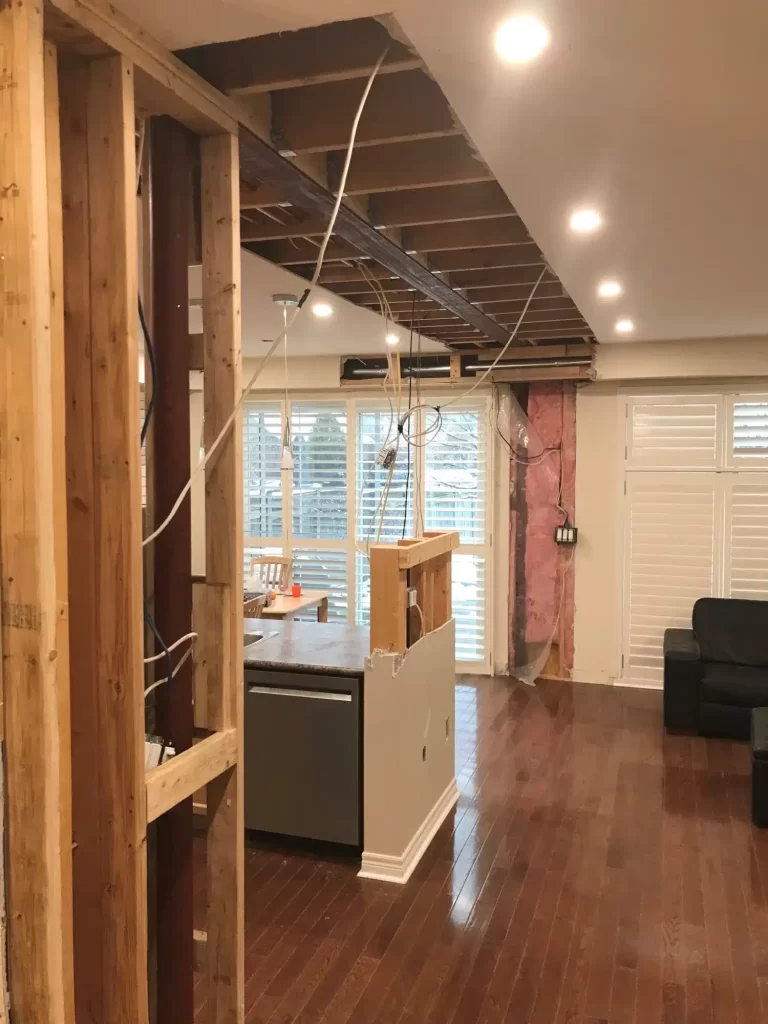
When you’re renovating your home or preparing for a new layout, one of the first questions you might have is about the cost of removing a wall. Whether you’re tearing down a partition to create a more open space or removing a section of the house for a major renovation, understanding the cost of wall removal is essential for proper budgeting. The cost varies depending on the type of wall, its size, location, and whether it is load bearing or non load bearing. In this blog post, we’ll break down the factors that affect wall removal costs and help you plan accordingly.
Factors That Affect When you’re renovating your home or preparing for a new layout, one of the first questions you might have is about the cost of removing a wall. Whether you’re tearing down a partition to create a more open space or removing a section of the house for a major renovation, understanding the cost of wall removal is essential for proper budgeting. The cost varies depending on the type of wall, its size, location, and whether it is load bearing or non load bearing. In this blog post, we’ll break down the factors that affect wall removal costs and help you plan accordingly.
Factors That Affect Wall Removal Costs
Several factors come into play when calculating the cost of removing a wall. These factors are crucial in determining whether the project will be affordable or if it will require additional costs for permits, structural changes, and more. Let’s dive deeper into the factors that will affect how much you’ll pay for wall removal.
1. Type of Wall: Load Bearing vs. Non Load Bearing
The most significant factor in determining wall removal costs is whether the wall is load bearing or non load bearing. A non load bearing wall is simply a partition or divider between rooms that does not support any structural weight. On the other hand, a load bearing wall supports the weight of the roof, floors above, or other structural elements in your home.
| Type of Wall | Description | Average Removal Cost |
|---|---|---|
| Non Load Bearing Wall | A partition or divider between rooms, not supporting structural weight. | $300 – $1,000 |
| Load Bearing Wall | A structural element that supports the weight of the home, such as the roof or upper floors. | $1,000 – $10,000 or more |
- Non Load Bearing Wall Removal: Typically less expensive, non load bearing wall removal ranges from $300 to $1,000. The process generally involves removing drywall, studs, and insulation without affecting the structural integrity of the home. These walls are often found in places like living rooms or between kitchens and dining areas.
- Load Bearing Wall Removal: This is a much more complex and expensive task. The cost for removing a load bearing wall can range anywhere from $1,000 to $10,000 or more, depending on factors such as the size of the wall and the type of support system that needs to be installed afterward. Since load bearing walls are integral to the structural integrity of the home, their removal requires professional expertise, and the space must be temporarily supported with a structural beam or other reinforcements.
2. Size of the Wall
The size of the wall being removed is another key factor in determining the overall cost. Generally, the larger the wall, the more it will cost to remove. The cost is often calculated by linear foot or square footage.
| Wall Size | Approximate Removal Cost |
|---|---|
| Small Wall (< 10 feet) | $300 – $600 |
| Medium Wall (10 – 20 feet) | $600 – $1,500 |
| Large Wall (> 20 feet) | $1,500 – $4,000 |
- Small Wall (< 10 feet): For smaller walls that divide rooms or create partitions, the removal cost typically ranges from $300 to $600.
- Medium Wall (10 to 20 feet): A medium-sized wall, such as one dividing larger living spaces, could cost between $600 and $1,500 to remove.
- Large Wall (> 20 feet): For larger, more involved projects (e.g., removing walls between multiple rooms or large sections), costs can range from $1,500 to $4,000 or more.
3. Location of the Wall
The location of the wall within the house can also impact the cost. For example, walls located in kitchens, bathrooms, or other areas with plumbing or electrical lines will require more work to disconnect and reroute these utilities.
| Wall Location | Impact on Cost |
|---|---|
| Kitchen | Higher costs due to plumbing, electrical lines, and gas pipes. |
| Bathroom | Additional costs for removing plumbing fixtures or rerouting pipes. |
| Basement | May involve extra costs if wall removal requires structural changes or the rerouting of utilities. |
Walls in kitchens and bathrooms tend to have more utilities, like plumbing, gas lines, and electrical wiring, so removal will be more complicated. If there are pipes or wires inside the wall, you’ll need to account for the extra costs of rerouting or replacing these systems. This can increase your total costs, especially if professional contractors, electricians, or plumbers need to be involved.
4. Structural Considerations
If you’re removing a load bearing wall, you’ll need to take into account the cost of supporting the structure after the wall is removed. Typically, a structural engineer will need to assess the weight distribution in your home and ensure the load is redistributed safely through a beam, column, or other structural solution.
| Structural Need | Cost Impact |
|---|---|
| No Structural Support Needed | Low impact on cost, typical for non load bearing walls. |
| Beam or Post Installation | High cost due to engineering, materials, and labor. |
Installing a beam or column to support the load of the house after the wall is removed can significantly increase the cost of the project. It may also require obtaining permits and inspections. These additional steps are necessary to ensure the home remains structurally sound and compliant with local building codes.
5. Disposal and Cleanup
When removing a wall, there will inevitably be waste materials like drywall, studs, insulation, and debris. The removal and disposal of these materials are additional costs to consider.
| Disposal and Cleanup Type | Cost Range |
|---|---|
| Basic Disposal (Drywall, Wood, etc.) | $100 – $300 |
| Hazardous Waste Disposal (Asbestos, Lead) | $500 – $2,000+ depending on the extent of the materials involved. |
If the wall contains hazardous materials such as lead paint or asbestos (which can happen in older homes), you’ll need to hire a specialist to safely remove these materials. This adds considerable costs to the overall project.
Additional Costs to Consider
While the primary cost factors have been covered, there are some additional considerations that could increase the price of your wall removal project:
- Permit Fees: Some cities or towns require a permit for wall removal, particularly if it involves structural changes. Permit fees can range from $100 to $1,000 or more, depending on the jurisdiction.
- Finishing and Restoration: After the wall is removed, you will need to restore the area. This may include finishing the floors, repairing the ceiling, and patching up any holes in the drywall. These restoration costs can add another $500 to $2,000 to the project.
- Unexpected Issues: Walls may hide additional problems such as water damage, mold, or pests. If these issues are uncovered during the removal process, they will need to be addressed, adding unforeseen costs to the project.
Conclusion
The cost of wall removal depends on many factors, including whether the wall is load bearing or non load bearing, the size and location of the wall, and any additional work needed to support the structure. By understanding these factors, you can better estimate the costs of your project and prepare for any additional work that may arise.
| Type of Wall | Estimated Cost Range |
|---|---|
| Non Load Bearing Wall | $300 – $1,000 |
| Load Bearing Wall | $1,000 – $10,000 or more |
If you’re planning a renovation and considering wall removal, it’s always best to consult with a licensed contractor to get a precise estimate and ensure that all necessary precautions are taken, especially when dealing with structural elements. By doing so, you’ll ensure your project runs smoothly and within budget.s
Several factors come into play when calculating the cost of removing a wall. These factors are crucial in determining whether the project will be affordable or if it will require additional costs for permits, structural changes, and more. Let’s dive deeper into the factors that will affect how much you’ll pay for wall removal.
1. Type of Wall: Load Bearing vs. Non Load Bearing
The most significant factor in determining wall removal costs is whether the wall is load bearing or non load bearing. A non load bearing wall is simply a partition or divider between rooms that does not support any structural weight. On the other hand, a load bearing wall supports the weight of the roof, floors above, or other structural elements in your home.
| Type of Wall | Description | Average Removal Cost |
|---|---|---|
| Non Load Bearing Wall | A partition or divider between rooms, not supporting structural weight. | $300 – $1,000 |
| Load Bearing Wall | A structural element that supports the weight of the home, such as the roof or upper floors. | $1,000 – $10,000 or more |
- Non Load Bearing Wall Removal: Typically less expensive, non load bearing wall removal ranges from $300 to $1,000. The process generally involves removing drywall, studs, and insulation without affecting the structural integrity of the home. These walls are often found in places like living rooms or between kitchens and dining areas.
- Load Bearing Wall Removal: This is a much more complex and expensive task. The cost for removing a load bearing wall can range anywhere from $1,000 to $10,000 or more, depending on factors such as the size of the wall and the type of support system that needs to be installed afterward. Since load bearing walls are integral to the structural integrity of the home, their removal requires professional expertise, and the space must be temporarily supported with a structural beam or other reinforcements.
2. Size of the Wall
The size of the wall being removed is another key factor in determining the overall cost. Generally, the larger the wall, the more it will cost to remove. The cost is often calculated by linear foot or square footage.
| Wall Size | Approximate Removal Cost |
|---|---|
| Small Wall (< 10 feet) | $300 – $600 |
| Medium Wall (10 – 20 feet) | $600 – $1,500 |
| Large Wall (> 20 feet) | $1,500 – $4,000 |
- Small Wall (< 10 feet): For smaller walls that divide rooms or create partitions, the removal cost typically ranges from $300 to $600.
- Medium Wall (10 to 20 feet): A medium-sized wall, such as one dividing larger living spaces, could cost between $600 and $1,500 to remove.
- Large Wall (> 20 feet): For larger, more involved projects (e.g., removing walls between multiple rooms or large sections), costs can range from $1,500 to $4,000 or more.
3. Location of the Wall
The location of the wall within the house can also impact the cost. For example, walls located in kitchens, bathrooms, or other areas with plumbing or electrical lines will require more work to disconnect and reroute these utilities.
| Wall Location | Impact on Cost |
|---|---|
| Kitchen | Higher costs due to plumbing, electrical lines, and gas pipes. |
| Bathroom | Additional costs for removing plumbing fixtures or rerouting pipes. |
| Basement | May involve extra costs if wall removal requires structural changes or the rerouting of utilities. |
Walls in kitchens and bathrooms tend to have more utilities, like plumbing, gas lines, and electrical wiring, so removal will be more complicated. If there are pipes or wires inside the wall, you’ll need to account for the extra costs of rerouting or replacing these systems. This can increase your total costs, especially if professional contractors, electricians, or plumbers need to be involved.
4. Structural Considerations
If you’re removing a load bearing wall, you’ll need to take into account the cost of supporting the structure after the wall is removed. Typically, a structural engineer will need to assess the weight distribution in your home and ensure the load is redistributed safely through a beam, column, or other structural solution.
| Structural Need | Cost Impact |
|---|---|
| No Structural Support Needed | Low impact on cost, typical for non load bearing walls. |
| Beam or Post Installation | High cost due to engineering, materials, and labor. |
Installing a beam or column to support the load of the house after the wall is removed can significantly increase the cost of the project. It may also require obtaining permits and inspections. These additional steps are necessary to ensure the home remains structurally sound and compliant with local building codes.
5. Disposal and Cleanup
When removing a wall, there will inevitably be waste materials like drywall, studs, insulation, and debris. The removal and disposal of these materials are additional costs to consider.
| Disposal and Cleanup Type | Cost Range |
|---|---|
| Basic Disposal (Drywall, Wood, etc.) | $100 – $300 |
| Hazardous Waste Disposal (Asbestos, Lead) | $500 – $2,000+ depending on the extent of the materials involved. |
If the wall contains hazardous materials such as lead paint or asbestos (which can happen in older homes), you’ll need to hire a specialist to safely remove these materials. This adds considerable costs to the overall project.
Additional Costs to Consider
While the primary cost factors have been covered, there are some additional considerations that could increase the price of your wall removal project:
- Permit Fees: Some cities or towns require a permit for wall removal, particularly if it involves structural changes. Permit fees can range from $100 to $1,000 or more, depending on the jurisdiction.
- Finishing and Restoration: After the wall is removed, you will need to restore the area. This may include finishing the floors, repairing the ceiling, and patching up any holes in the drywall. These restoration costs can add another $500 to $2,000 to the project.
- Unexpected Issues: Walls may hide additional problems such as water damage, mold, or pests. If these issues are uncovered during the removal process, they will need to be addressed, adding unforeseen costs to the project.
Conclusion
The cost of wall removal depends on many factors, including whether the wall is load bearing or non load bearing, the size and location of the wall, and any additional work needed to support the structure. By understanding these factors, you can better estimate the costs of your project and prepare for any additional work that may arise.
| Type of Wall | Estimated Cost Range |
|---|---|
| Non Load Bearing Wall | $300 – $1,000 |
| Load Bearing Wall | $1,000 – $10,000 or more |
If you’re planning a renovation and considering wall removal, it’s always best to consult with a licensed contractor to get a precise estimate and ensure that all necessary precautions are taken, especially when dealing with structural elements. By doing so, you’ll ensure your project runs smoothly and within budget.

Looking to get a quote on your next home renovation project?
Call us todat at 6474504466 to start a free consultation
✓ Trusted quality
✓ professionalism
✓ Strong Reputation
Experience excellence with Toronto’s top general contractor for quality and professionalism .
Get in touch
We’re here to answer your questions.
Have a Questions? Call us:
+16474504466
Or Email us at:
info@gmco.ca
Canada
75 Oneida Crescent , Richmond Hill
ON, L4B 0H3
Looking to get a quote?
Latest Posts
The latest stories, exclusive insights, and special offers.
-
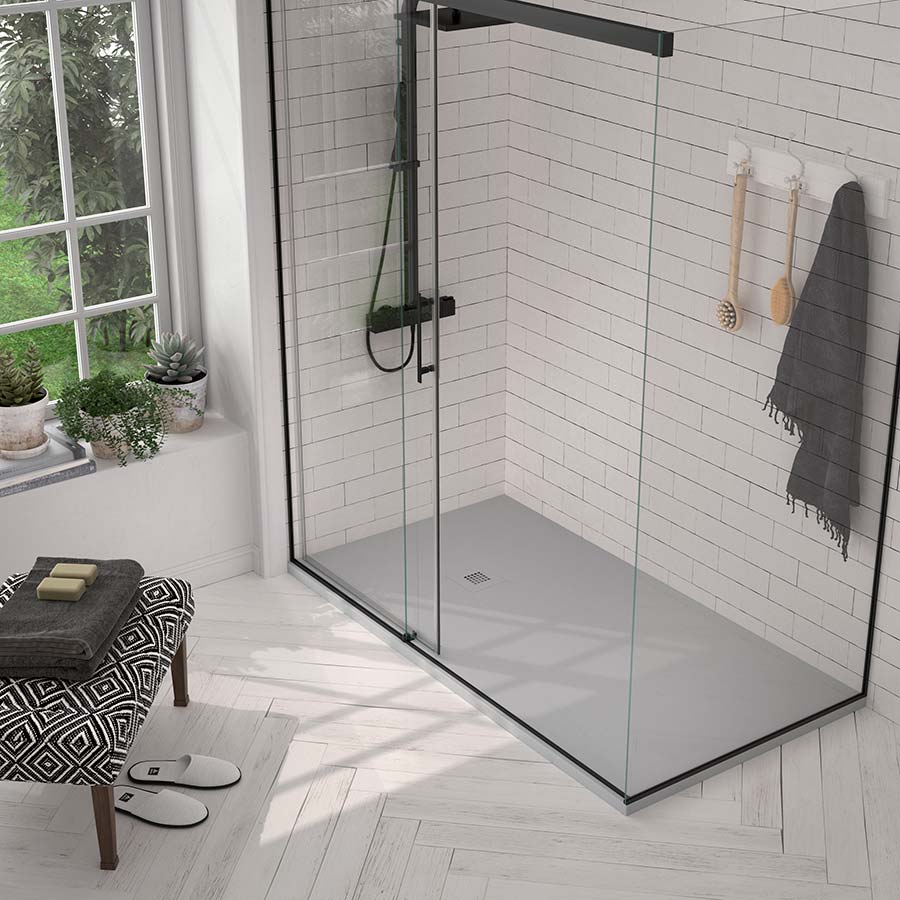
The Complete Guide to Shower Pans: Types, Installation, and Maintenance Tips
-
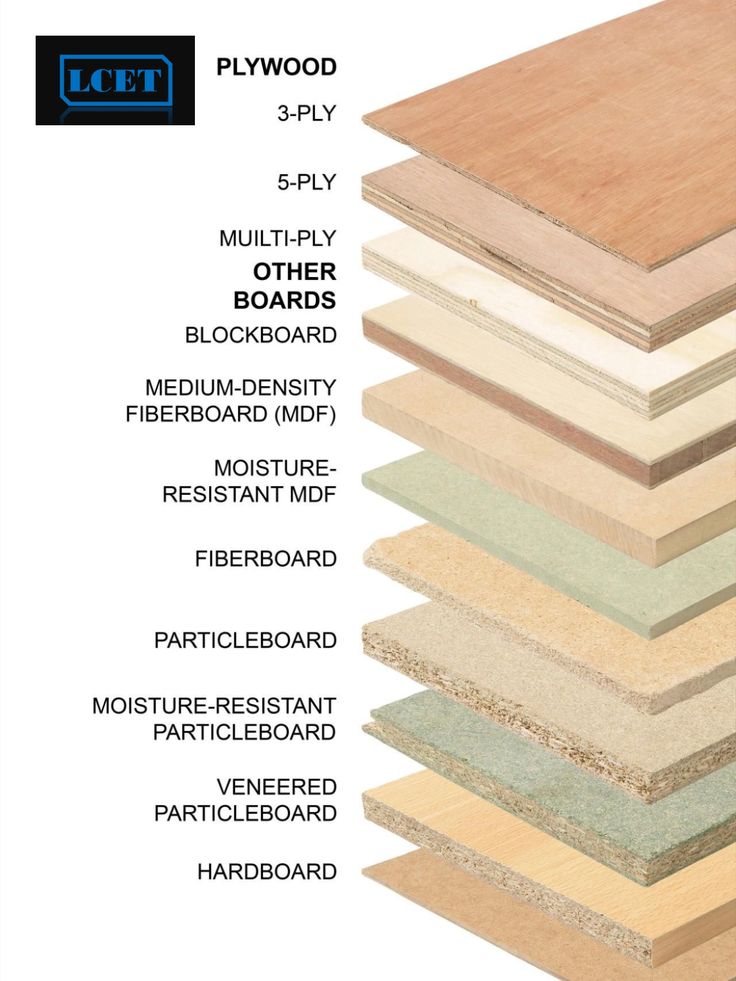
The Ultimate Guide 2025 to Different Types of Plywood: Uses, Benefits, and Choosing the Right One
-
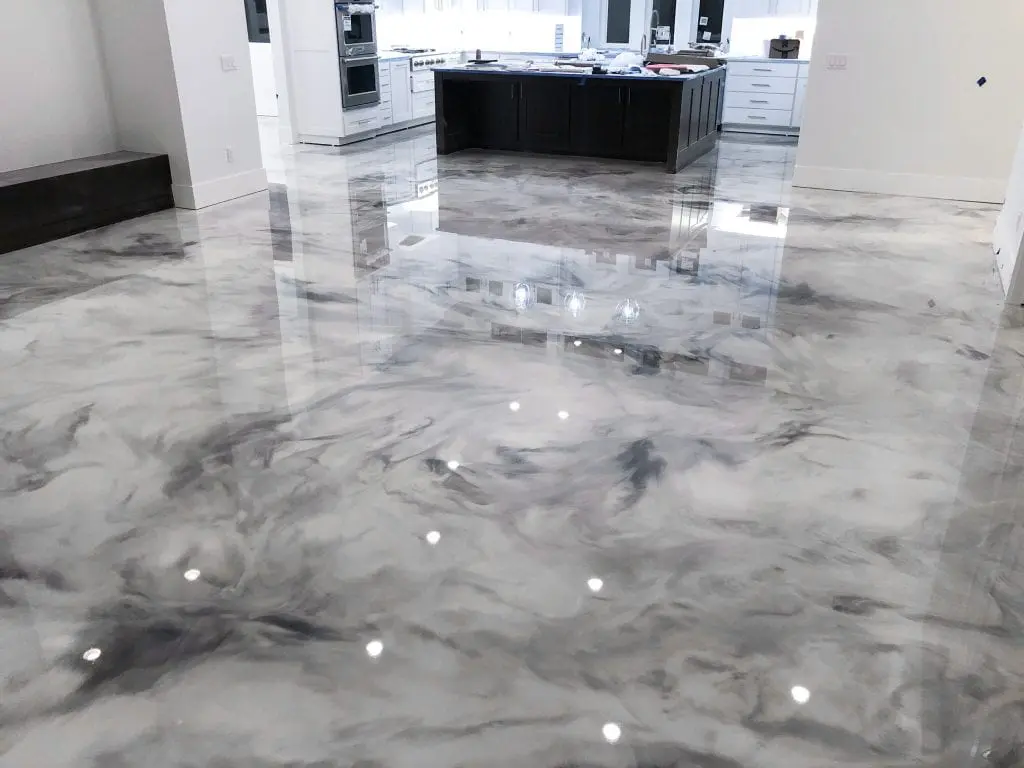
The Ultimate Guide to Epoxy Flooring: Benefits, Applications, and Installation
-
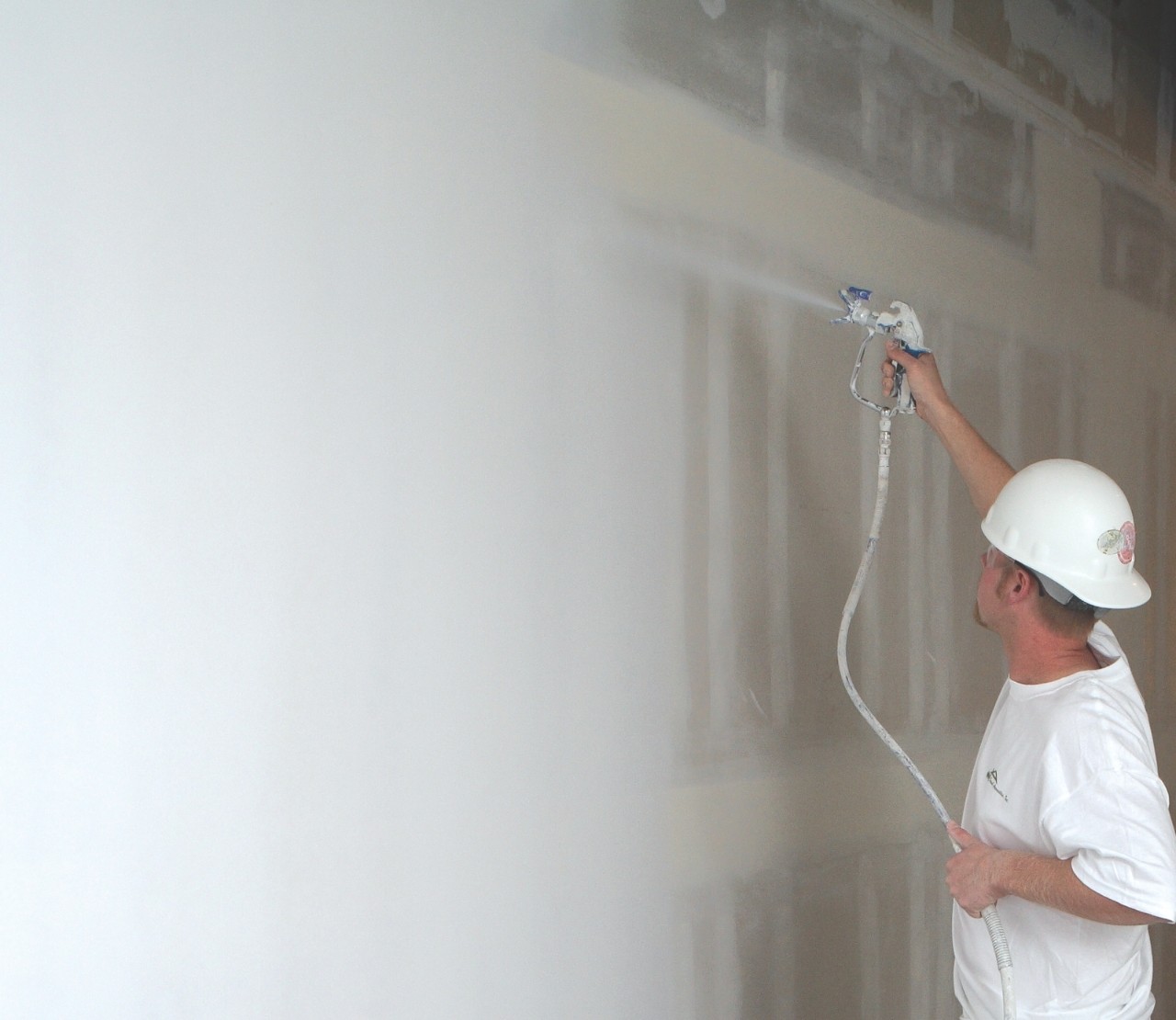
The Ultimate Guide to Level 5 Plastering: What You Need to Know
Get in touch
We’re here to answer your questions.
Have a Questions? Call us:
+16474504466
Or Email us at:
info@gmco.ca
Canada
75 Oneida Crescent , Richmond Hill
ON, L4B 0H3
Looking to get a quote?
Have Questions?
Frequently Asked Questions
Top General Contractor For Home Renovations, Kitchen Remodeling, Bathroom Renovations, and Basement Finishing
What renovation services does GMC Construction Inc. provide in the Greater Toronto Area (GTA)?
GMC Construction Inc. offers a full range of renovation services, including kitchen remodeling, bathroom renovations, basement finishing, and commercial renovation projects. Serving Toronto, Richmond Hill, Markham, Mississauga, Brampton, Ajax, and surrounding areas, we are your go-to contractor for all home and commercial improvement needs.
How does GMC Construction Inc. ensure high-quality workmanship in its renovation projects?
At GMC Construction Inc., we prioritize quality by using premium materials and employing skilled tradespeople who adhere to the highest industry standards. Our team manages every detail, from design to completion, ensuring your renovation meets your expectations for durability and aesthetic appeal.
How long does a typical kitchen or bathroom renovation take with GMC Construction Inc.?
The timeline for a kitchen or bathroom renovation with GMC Construction Inc. varies depending on the project’s scope. However, most renovations are completed within 4 to 8 weeks. We provide a detailed schedule during your initial consultation to ensure transparency and keep your project on track.
Is GMC Construction Inc. licensed and insured to perform renovations in Toronto and the GTA?
Yes, GMC Construction Inc. is fully licensed and insured to perform renovations in Toronto and throughout the GTA. Our contractor liability insurance covers up to 5 million dollars, providing peace of mind for our clients as we handle both residential and commercial projects.
How do I get a free estimate for my home renovation with GMC Construction Inc.?
To get a free estimate, simply contact GMC Construction Inc. through our website or by calling us at 647-450-4466. We’ll arrange a consultation to discuss your renovation needs, whether it’s for a kitchen remodel, bathroom upgrade, or basement finishing, and provide a detailed, no-obligation quote.
What post-renovation support does GMC Construction Inc. offer?
GMC Construction Inc. stands by its work with robust post-renovation support, including a comprehensive warranty and a commitment to address any issues that arise within the first year. Our team ensures your satisfaction long after the renovation is complete.
